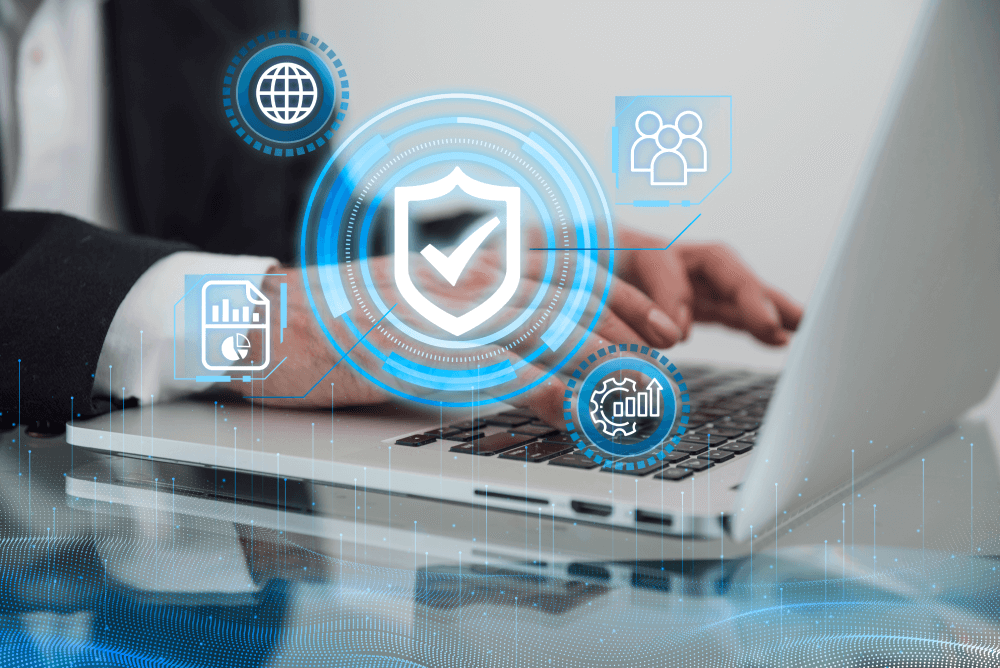
It’s time to break free from the outdated cycle of reactive security measures. Continuous Access Management is not just a buzzword; it’s a necessity. The threat landscape has evolved, and so must our defenses. The stakes are too high, and the risks too real, to rely on antiquated methods that simply can’t keep up with the pace of modern attacks.
Why Old School Governance Fails:
- Quarterly Audits Are Too Slow:By the time a quarterly review rolls around, attackers have had months to exploit vulnerabilities. This approach is akin to closing the barn door after the horse has bolted.
- Static Processes Can’t Adapt: Traditional access governance is rigid and inflexible, unable to respond to the fluid nature of today’s cyber threats. It leaves organizations vulnerable, with security gaps that attackers are more than happy to exploit.
- Lack of Real-Time Insights: Without continuous monitoring, organizations are blind to the daily—and even hourly—threats targeting their systems. This lack of visibility is a major liability in an era where identity is the primary attack vector.
How AI and Automation Are Game Changers:
Time is the new currency in cybersecurity. The faster you can identify and respond to threats, the safer your organization will be. Continuous Access Management provides the real-time oversight needed to protect against relentless cyber threats. It’s about staying ahead of attackers, not reacting to their successes.
Why Old School Governance Fails:
- Real-Time Detection: AI-powered systems provide instant alerts to suspicious activities. Whether it’s an account without Multi-Factor Authentication (MFA) or an unusual login pattern, these systems identify risks as they happen, not months later.
- Immediate Response: Automation enables swift action. When a threat is detected, automated systems can enforce security measures like MFA, revoke access, or lock accounts—often before a human could even identify the problem.
- Proactive Risk Management: Continuous Access Management doesn’t just respond to threats; it anticipates them. AI analyzes patterns, detects anomalies, and predicts potential vulnerabilities, allowing organizations to fortify defenses proactively.
The Bottom Line:
Old-school access governance is a relic of the past. In today’s digital world, where the frequency and sophistication of identity attacks are skyrocketing, relying on outdated methods is not just risky; it’s reckless. Continuous Access Management is the only viable path forward. It’s time to abandon the insanity of expecting outdated methods to combat modern threats. The future of cybersecurity demands real-time vigilance, continuous monitoring, and proactive defense. Anything less is an invitation for disaster.
